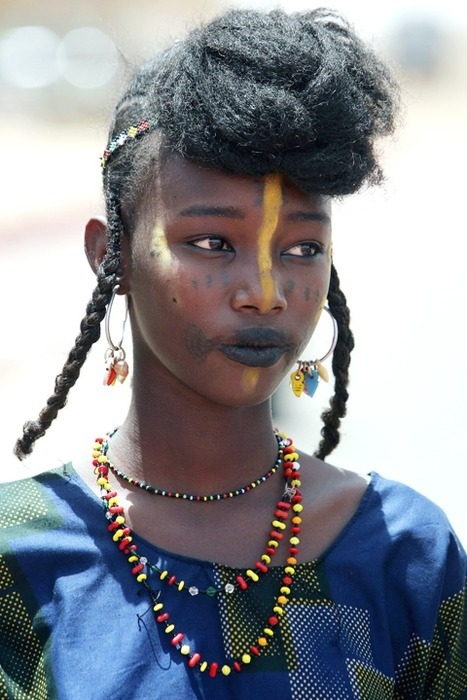
As modernisation sweeps across The Gambia, a deeply rooted cultural practice faces an existential threat: the tradition of Fula facial marks.
Once a vibrant emblem of identity and heritage for the Fula people, these markings are becoming increasingly rare in urban settings. In a society where globalisation influences cultural norms, many young people view traditional practices as outdated, leading to a decline in the application of these significant symbols.
To delve into this matter of concern, interviews with some Fulas reveal the profound implications of losing such traditions.
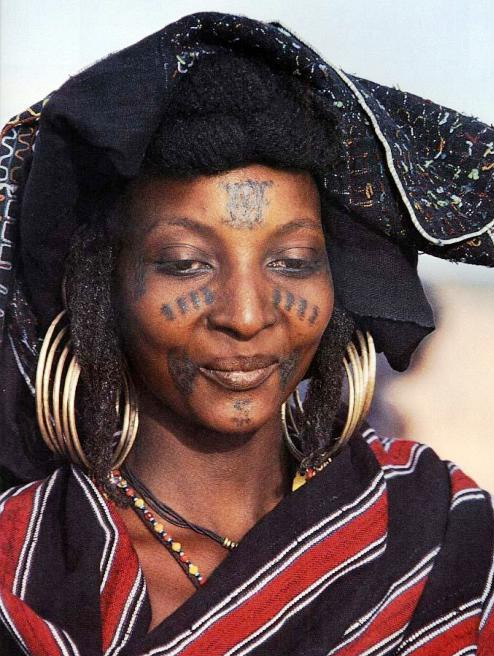
Nenneh Galleh Sowe, a proud bearer of traditional marks, shares her perspective: “I was marked when I was very young; my parents told me it was a cultural norm deeply rooted in our ancestors. For me, having these marks means I am preserving our culture.”
However, she also expresses discomfort in urban environments: “In places like Serekunda and the surrounding, I feel out of place because not many people have these marks anymore. Sometimes I am teased because they can easily identify my tribe.”
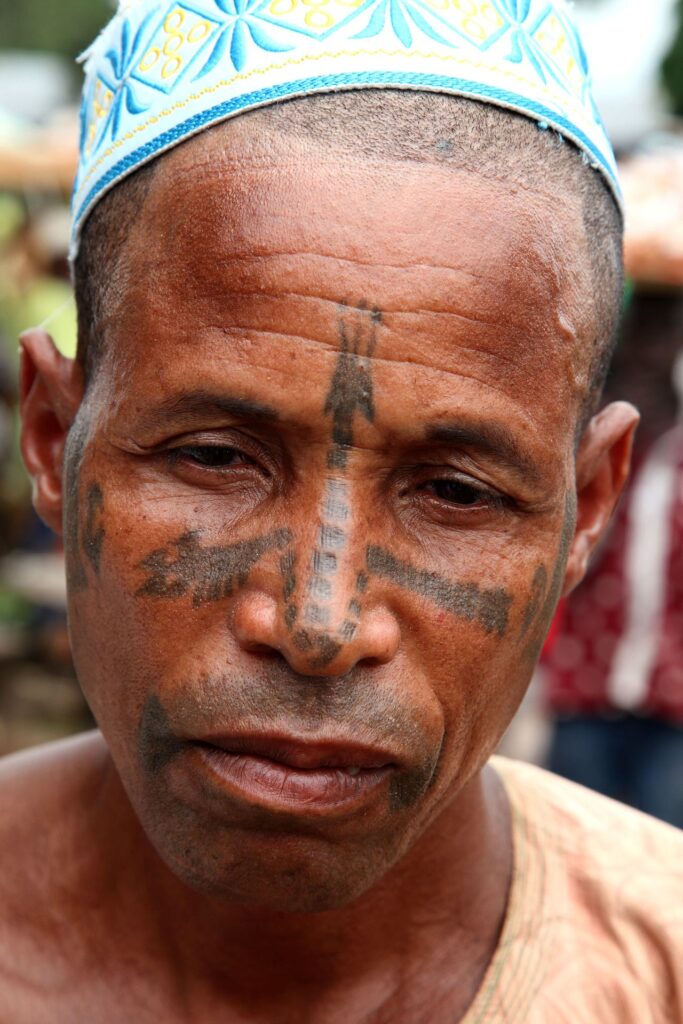
Musa Baldeh, president of Fulbe Africa, a movement dedicated to promoting Fula culture, echoes this sentiment and highlights the importance of awareness among younger generations.
“In our communities, tribal marks have been part of our identity for generations. Each clan has its unique markings that differentiate us from one another,” says Baldeh.
“It is worrying that many young people today know little about tribal marks. We must educate them about their importance so they can appreciate our rich heritage.”
Adding to this perspective is Jainaba Bah from Basse, who views the cultural practice as integral to promoting their identity.
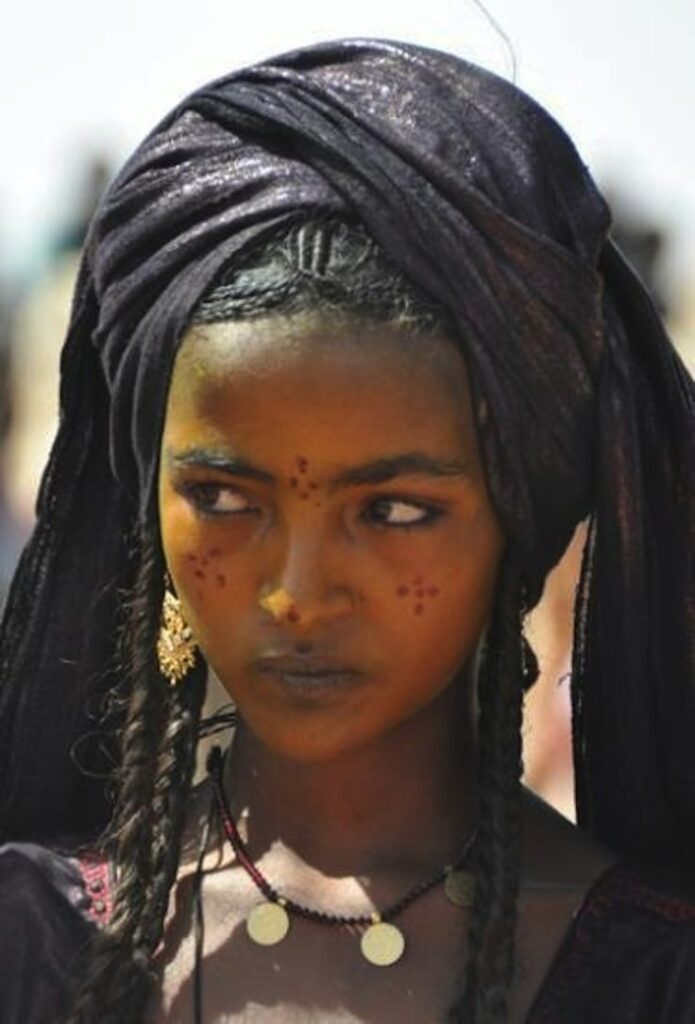
She states: “The marks are not just symbols; they represent who we are as Fula people. Losing them would mean losing a part of our identity.”
Despite efforts to engage with others who bear these marks for interviews, many declined to share their thoughts, reflecting perhaps a hesitance to discuss a tradition that is increasingly viewed through the lens of modernity.
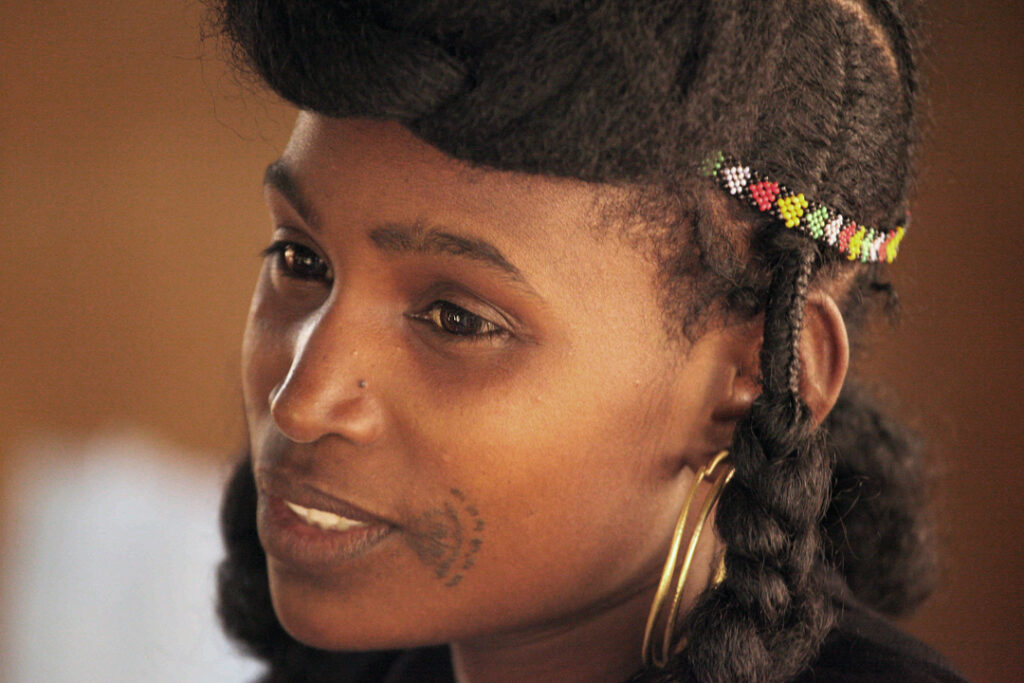
Historical significance
The origins of Fula facial marks trace back to early migration and settlement when such markings distinguished Fula communities from other ethnic groups.
In times of tribal warfare or displacement, these marks served as indelible identifiers, ensuring kinship ties remained unbroken. Each mark carried meaning, some indicated clan affiliation while others commemorated significant life events.
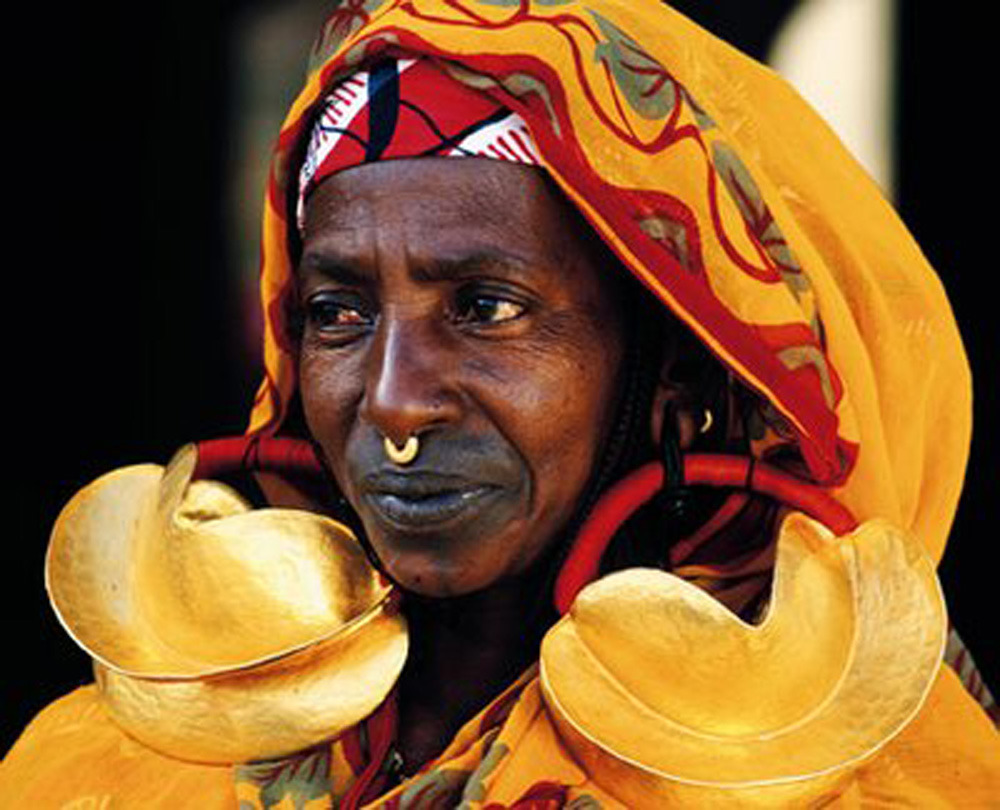
These marks not only showcased lineage but also represented social cohesion within Fula society. Beyond their role in identity, the markings held aesthetic value and cultural significance.
In Gambian Fula communities, beauty was deeply tied to cultural expression. Women’s marks symbolised grace and virtue, while men’s marks conveyed bravery and strength.
The ritual process
The marking process is steeped in ritual and communal significance. Performed by skilled artisans, it involves precise tools crafted for the task. The artisan uses sharpened implements and natural pigments to create intricate patterns on the skin.
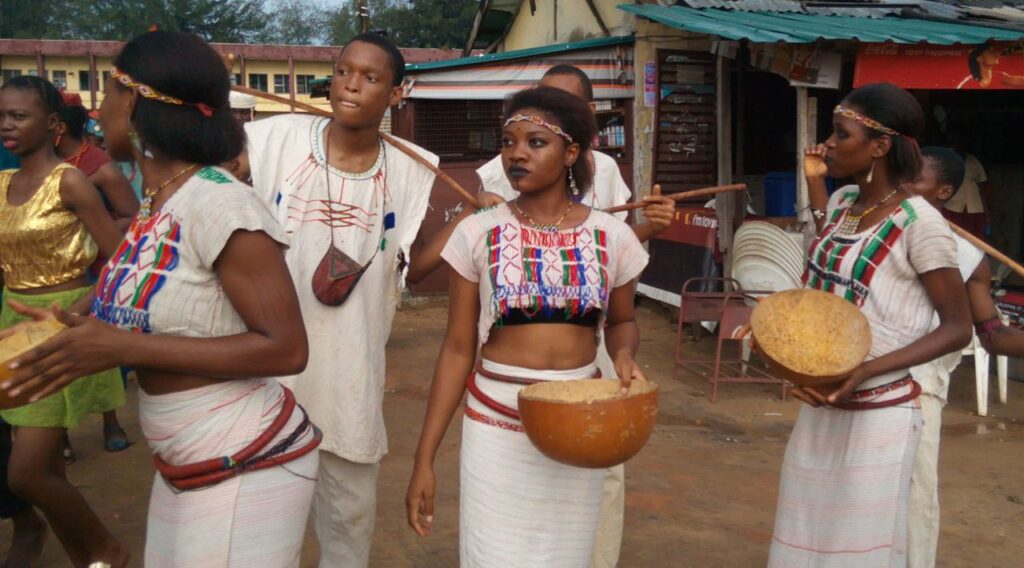
These sessions are imbued with spiritual significance and are often accompanied by prayers, songs, and blessings wishing prosperity for the child.
In Gambian Fula society, these markings are not merely decorative; they mark a transition, a rite of passage that solidifies an individual’s place within the community.
A tradition under threat
Today, however, this tradition faces a quiet decline. In urban centers like the Greater Banjul Area, marked faces have become increasingly rare.
Younger generations influenced by globalisation often view the practice as outdated. Concerns about health and hygiene during marking have also contributed to its decline; traditional methods lack modern sterilisation techniques, raising alarms about potential infections.
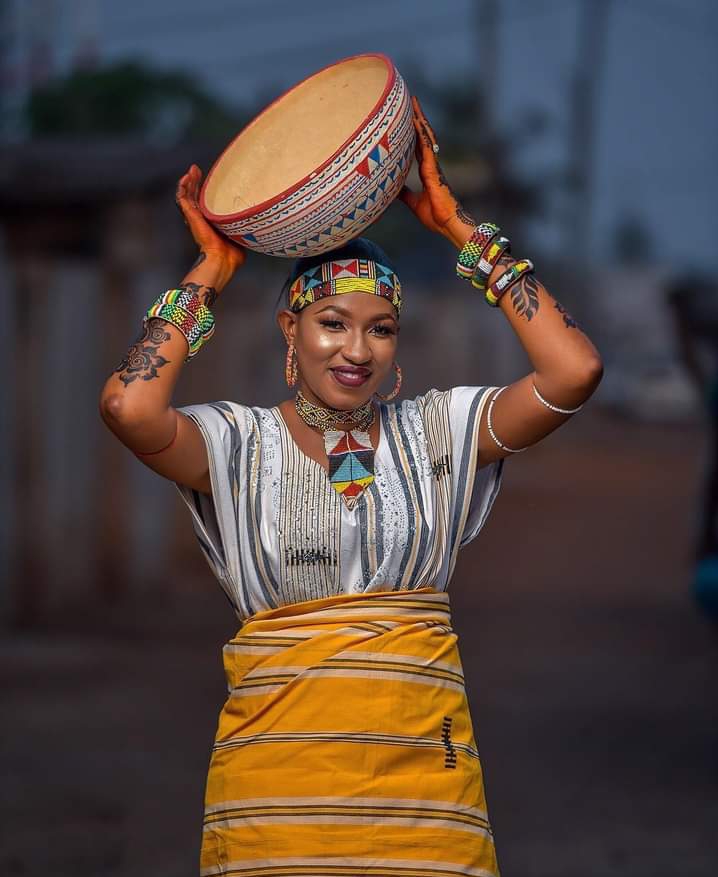
Moreover, the modern emphasis on formal education has marginalised traditional practices. Some Gambian Fulas perceive markings as barriers to integration into broader society where such customs are often misunderstood or stigmatised.
Preserving the legacy
Despite these challenges, efforts are underway to preserve the cultural significance of Fula traditional marks. Fulbe Africa being a cultural non-profit making organisation continue to play a significant role in protecting and preserving the Fula rich culture and tradition through sensitisation and cultural festivals.
During such events, the organisation engages various groups to showcase the rich good culture while advocating for the elimination of the harmful ones.
The way forward
The story of Fula’s traditional marks is one of resilience and adaptation. As lines on elders’ faces fade with time, they leave behind a legacy etched in memory and narrative. For the Fula people, these marks symbolise a proud heritage that has endured through centuries of change.
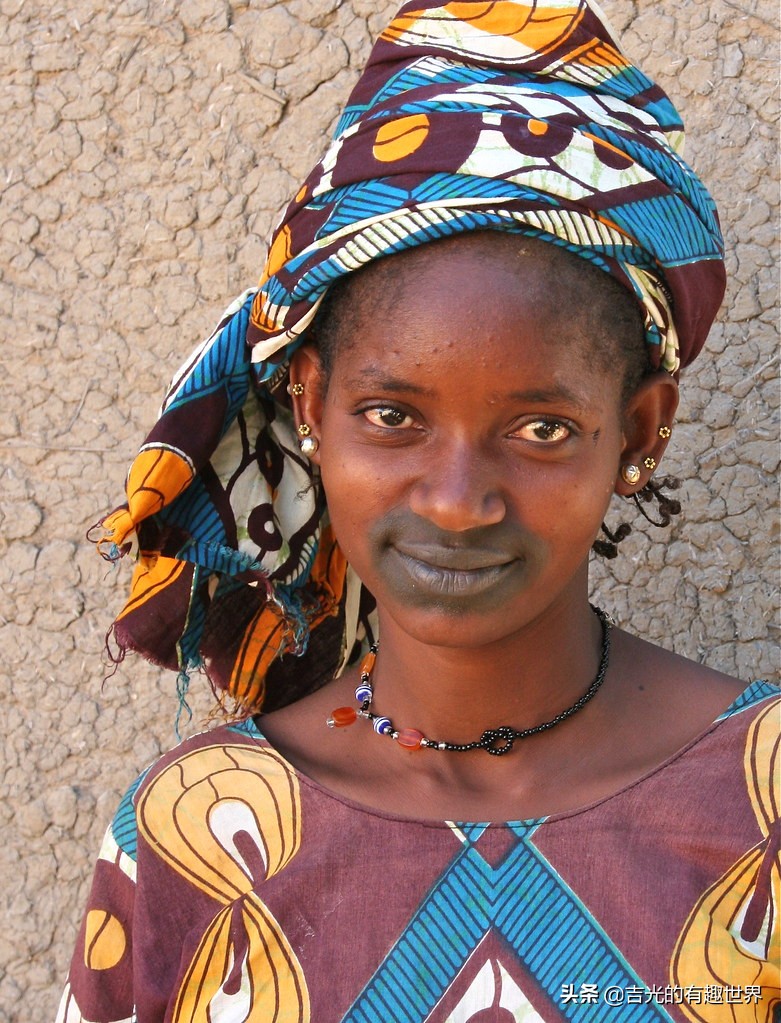
In an increasingly homogenized world, Fula traditional marks stand as poignant reminders of beauty in diversity. Their future may be uncertain, but their past continues to inspire lessons on identity, belonging, and the enduring power of cultural traditions.

Through insights from Fulas like Nenneh Galleh Sowe, Musa Baldeh, and Jainaba Bah, this narrative emphasises both personal experiences and collective responsibility in safeguarding this vital aspect of Fula identity. As society evolves, fostering dialogue around cultural practices that may seem antiquated but are deeply rooted in history is crucial.
By Pa Modou Cham










Recent Comments